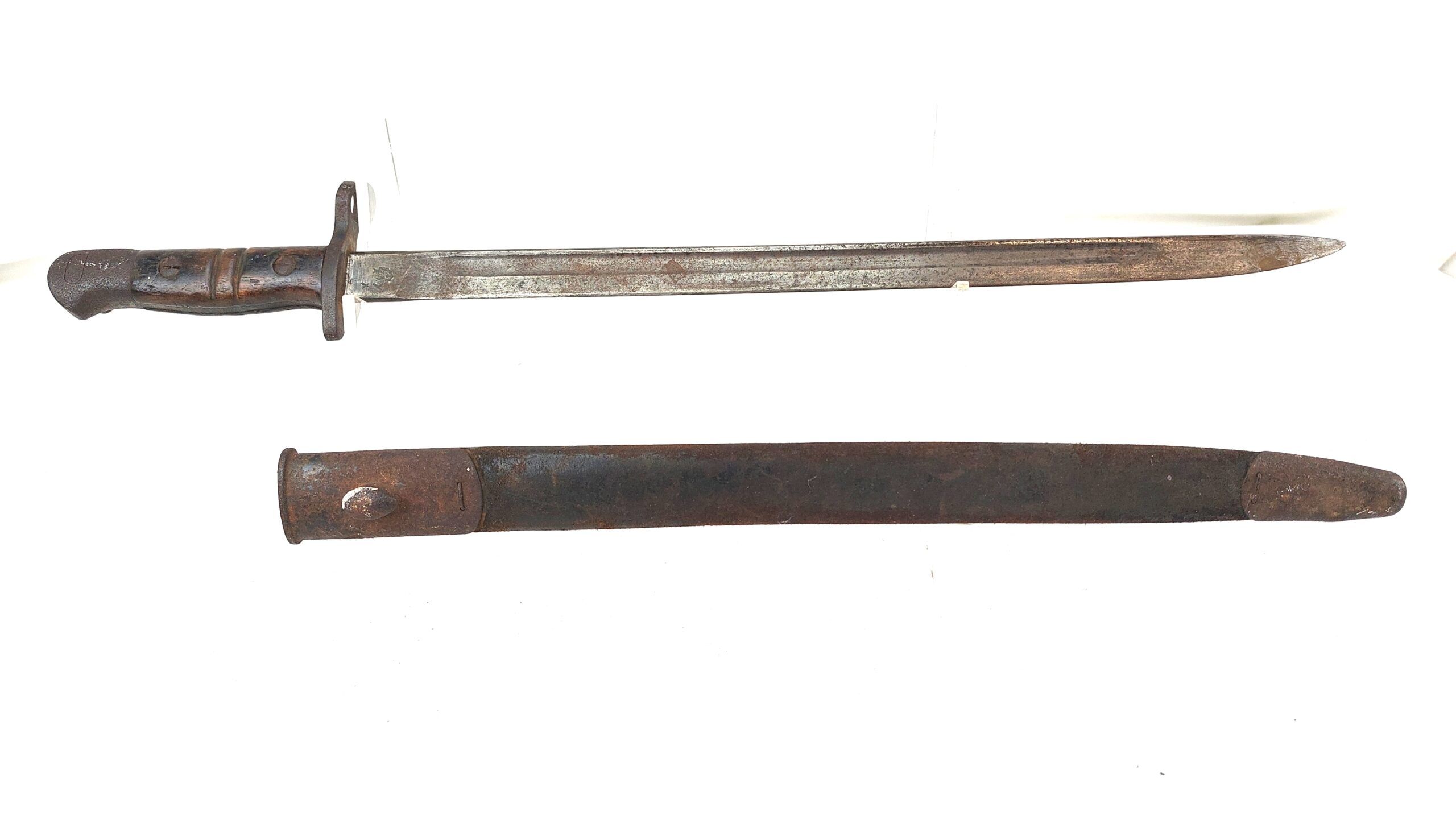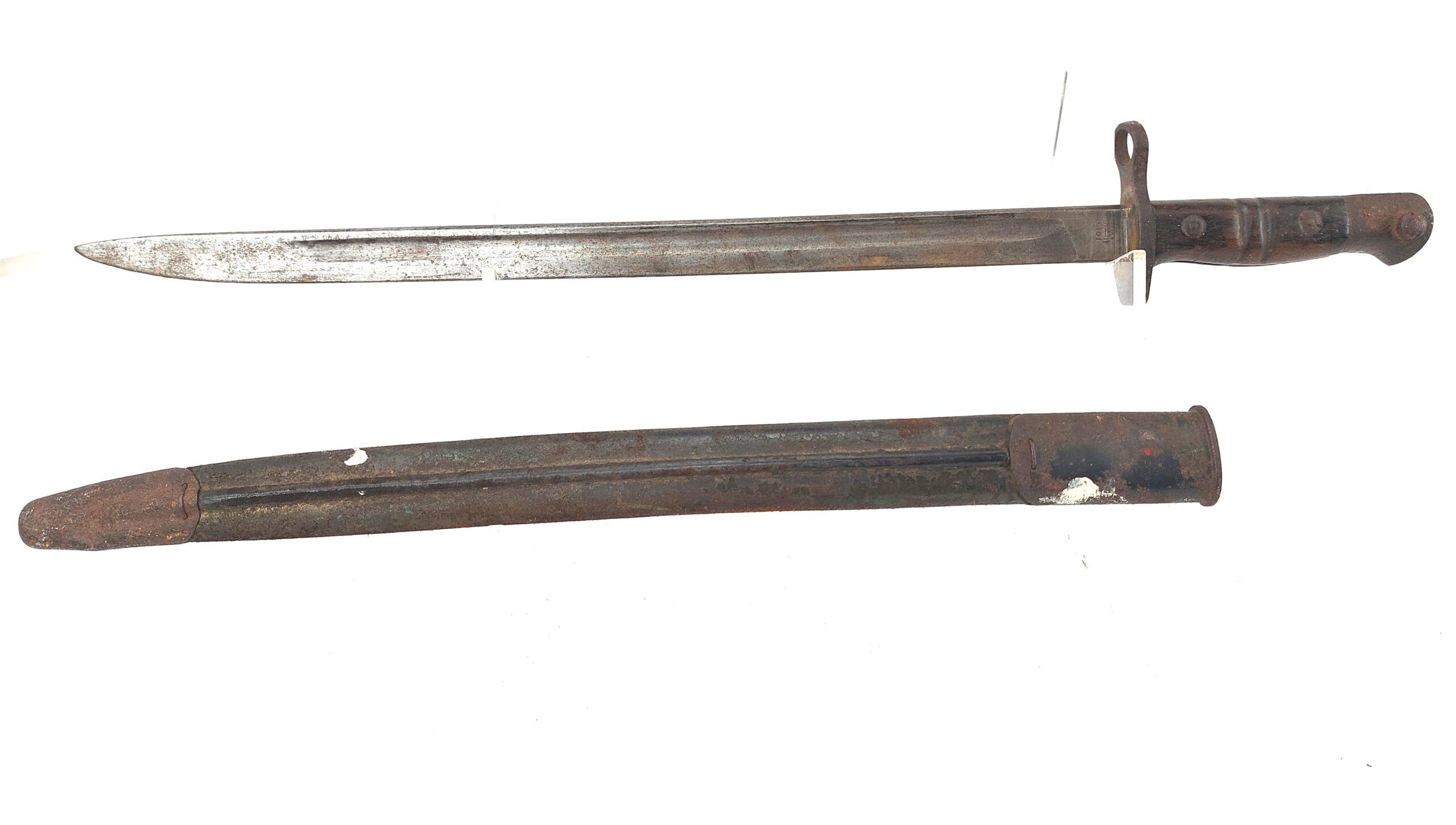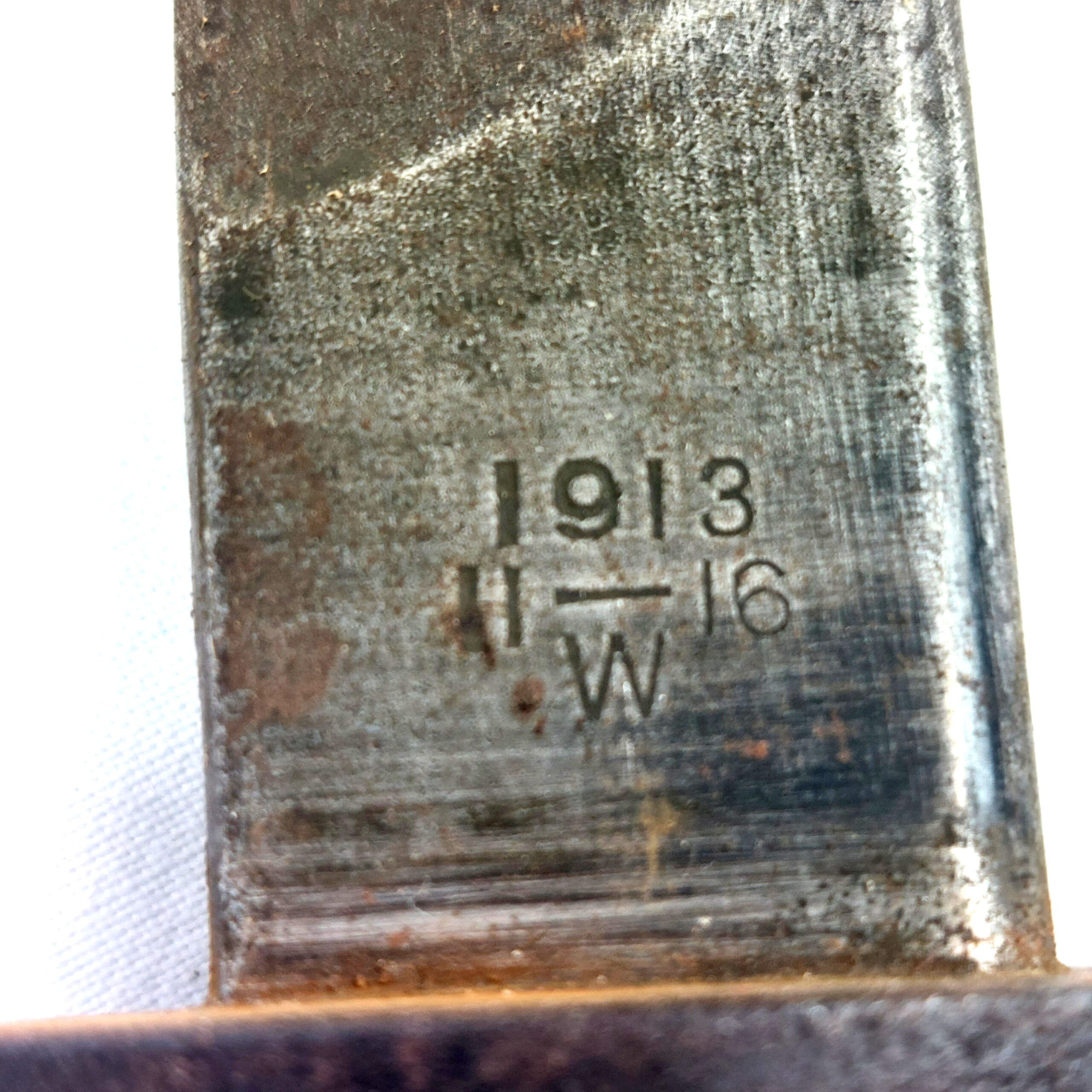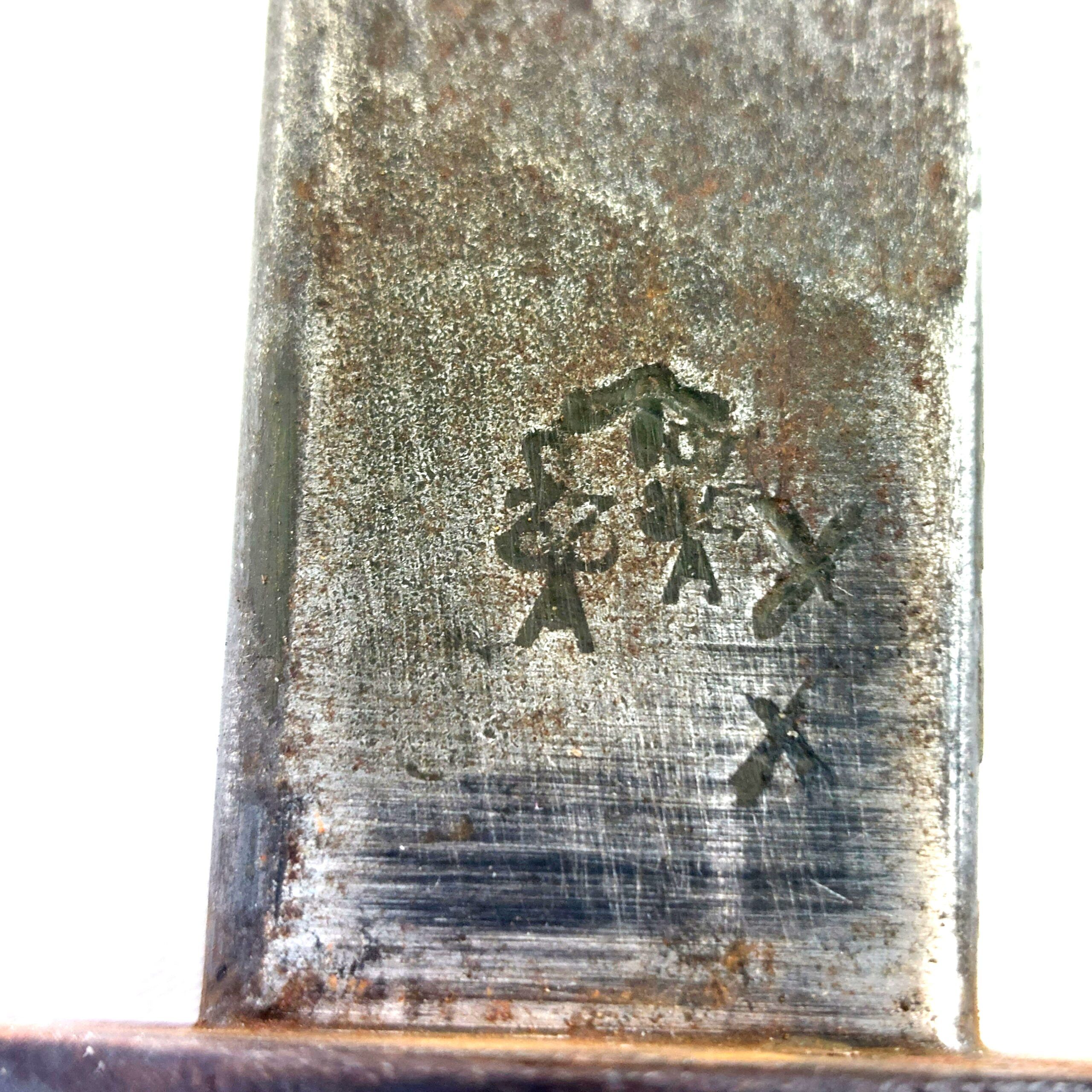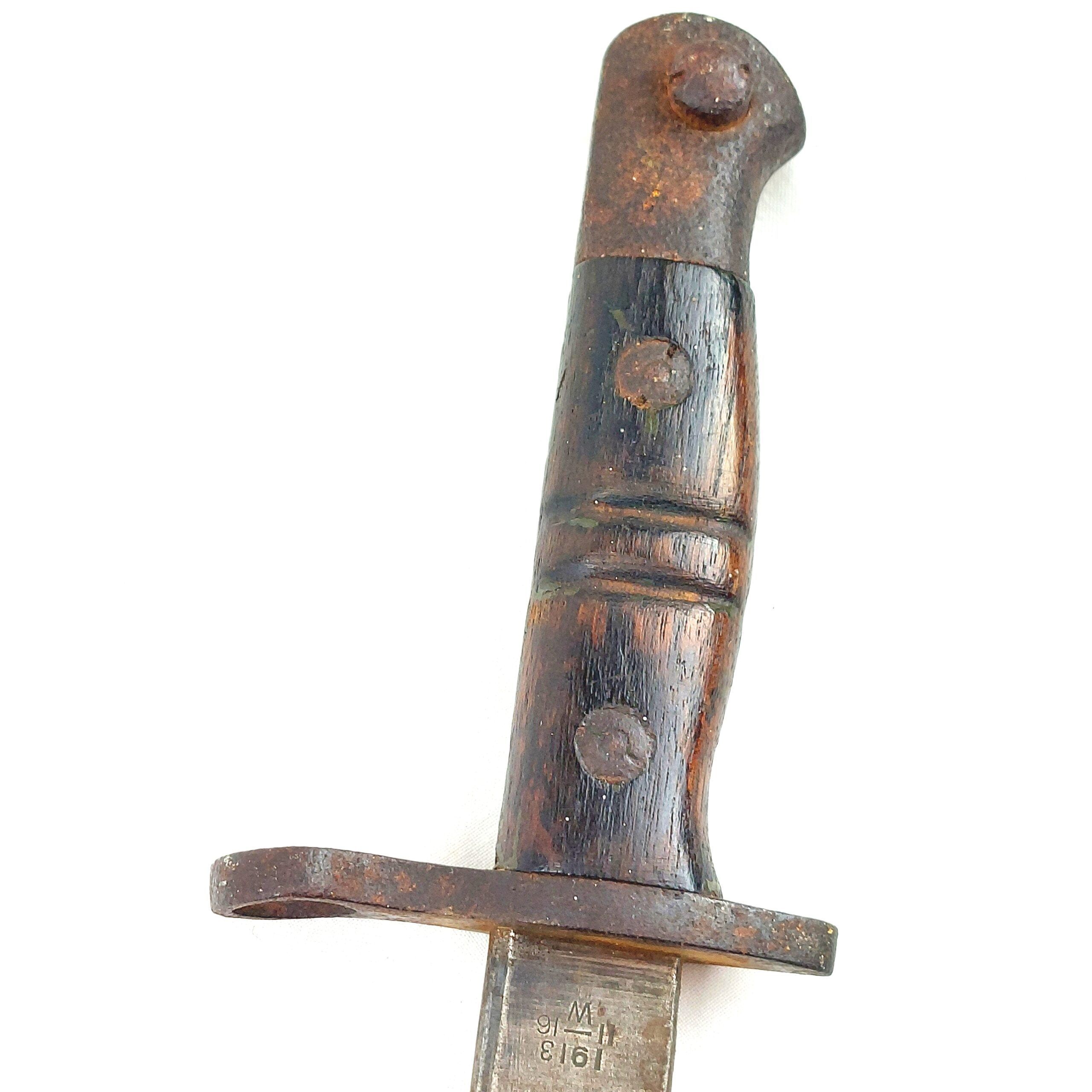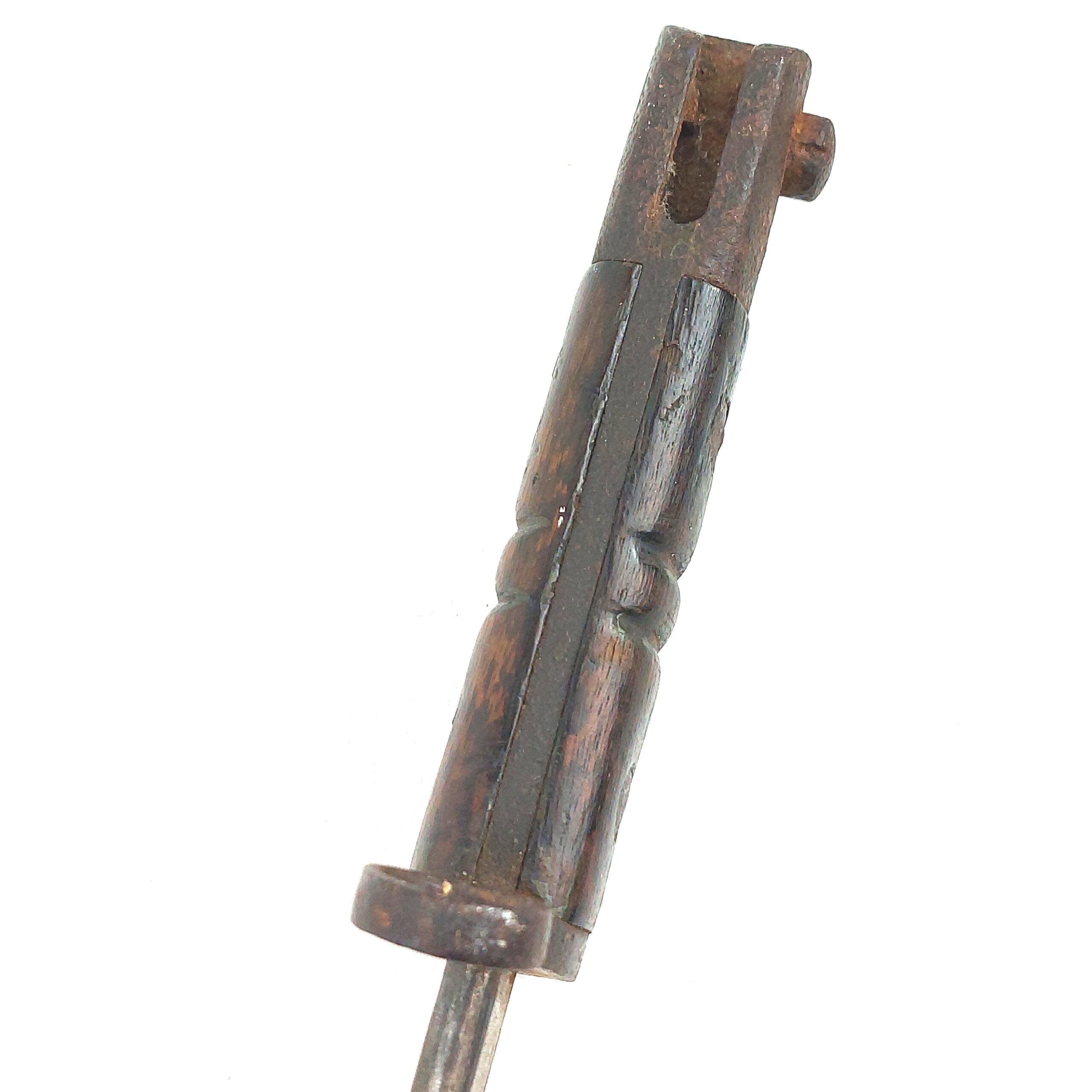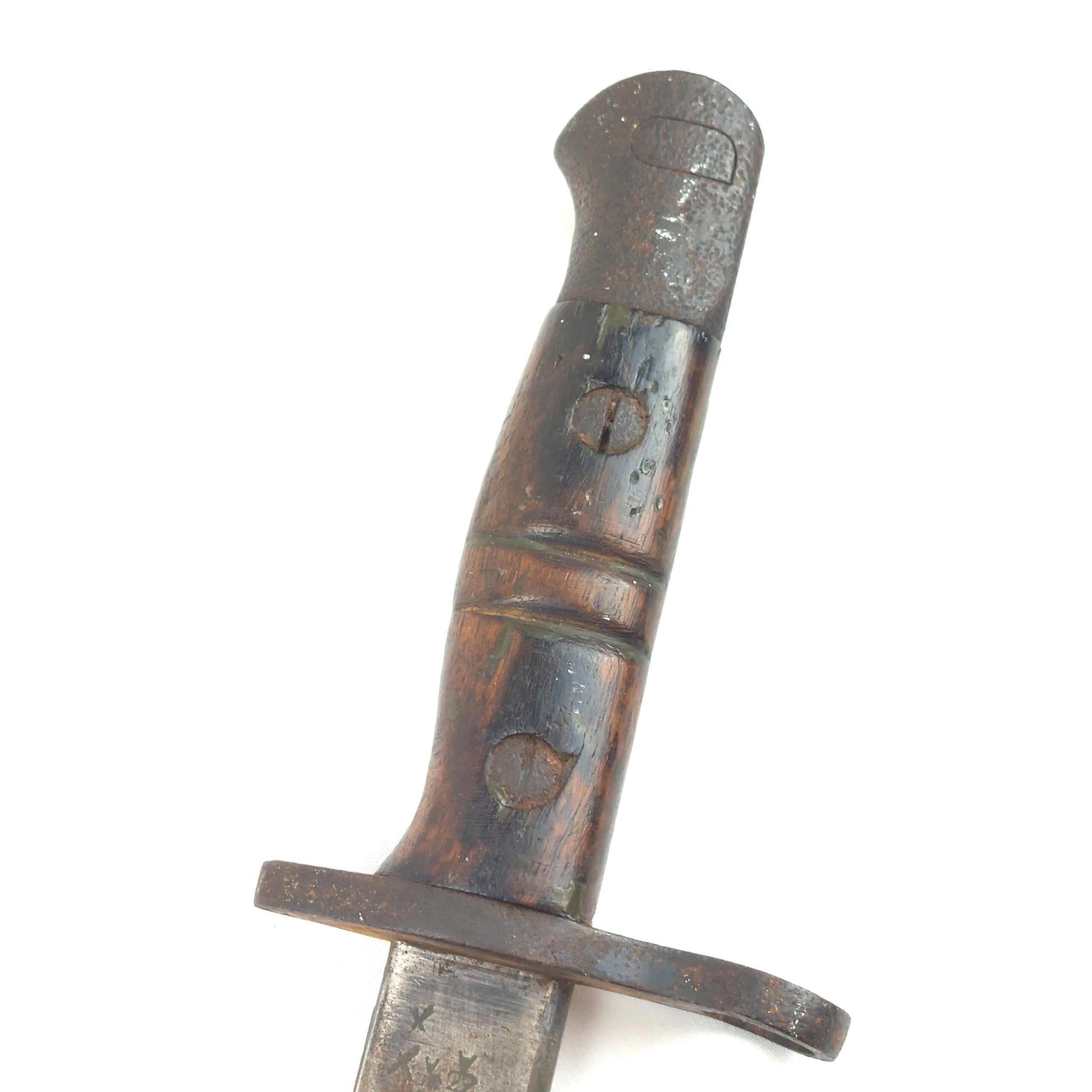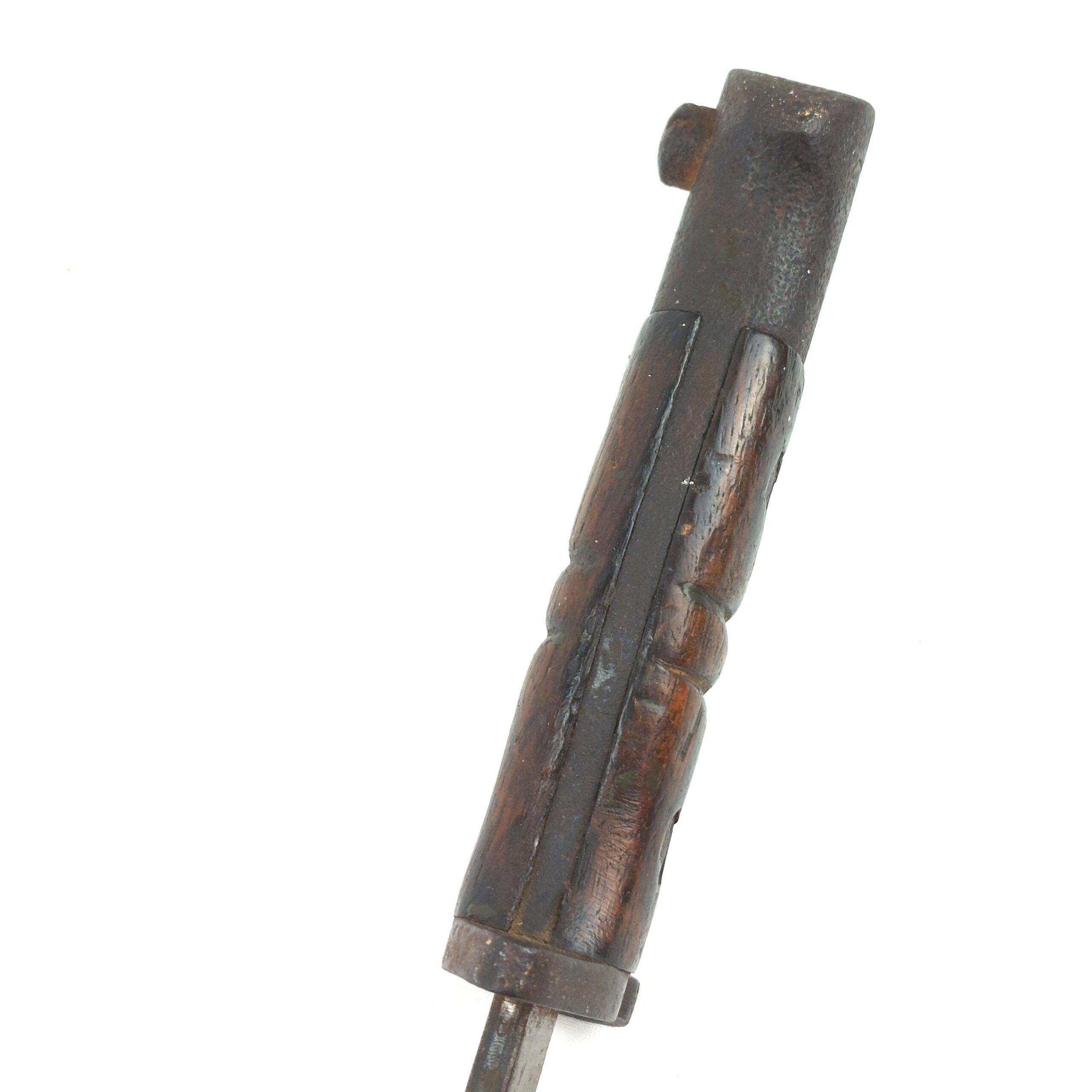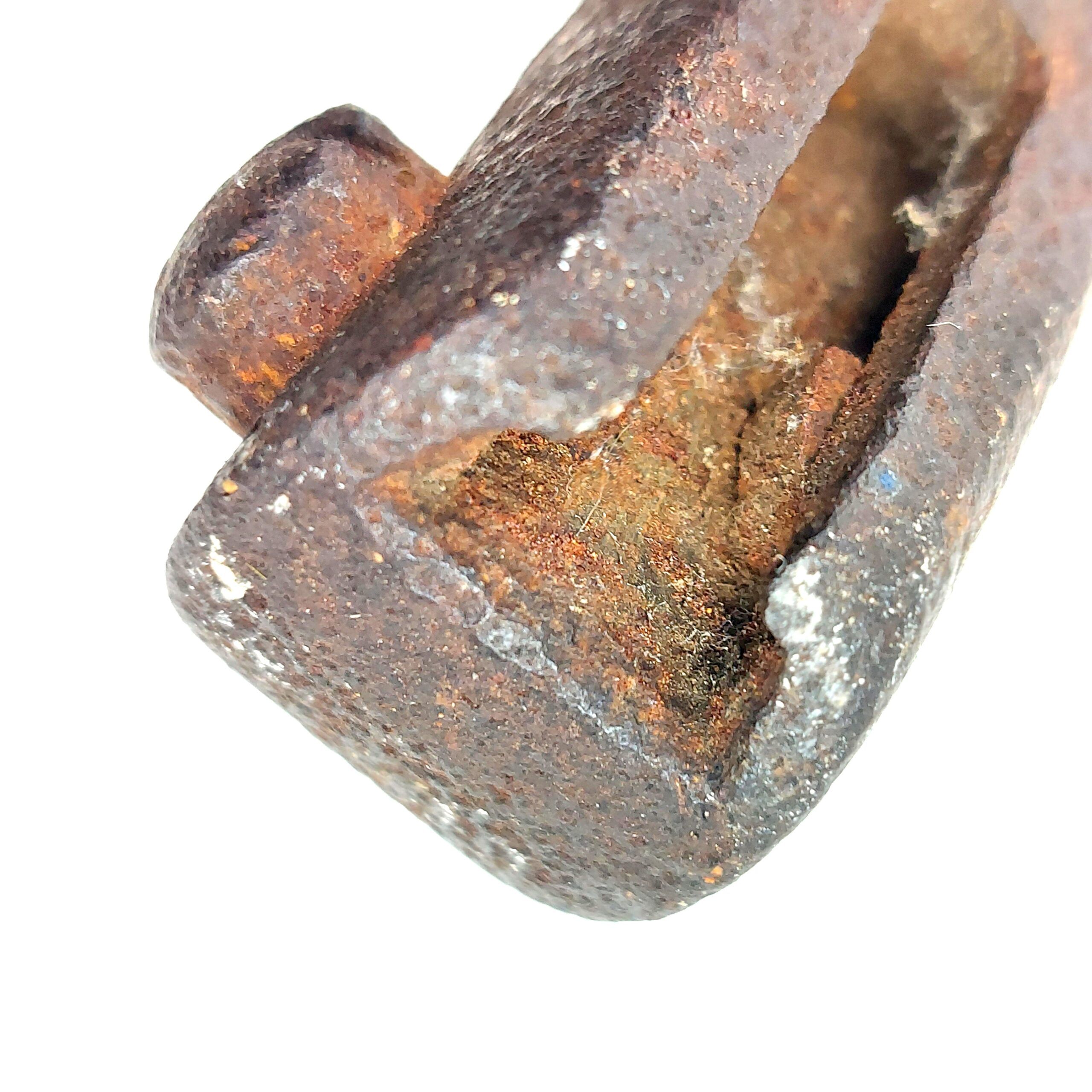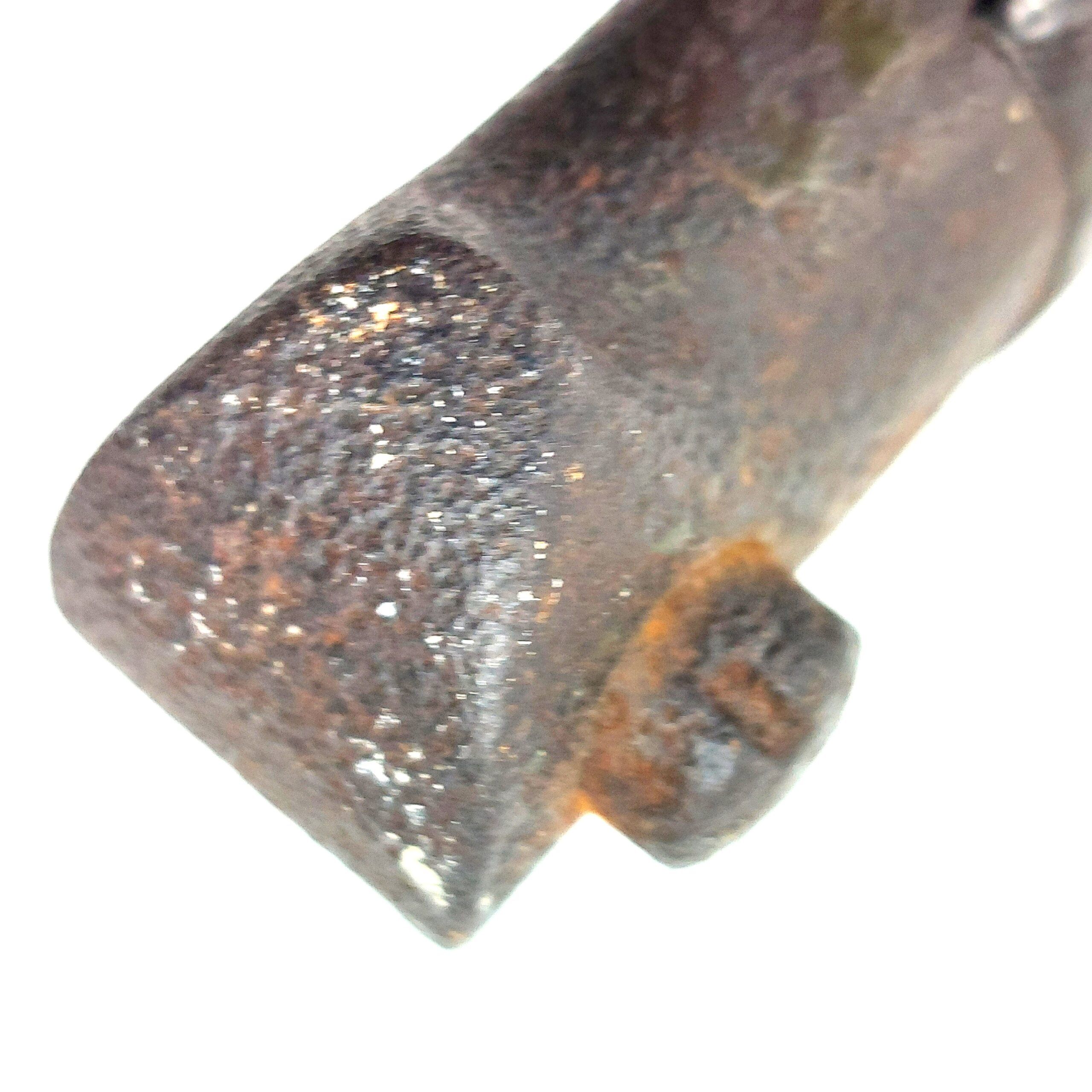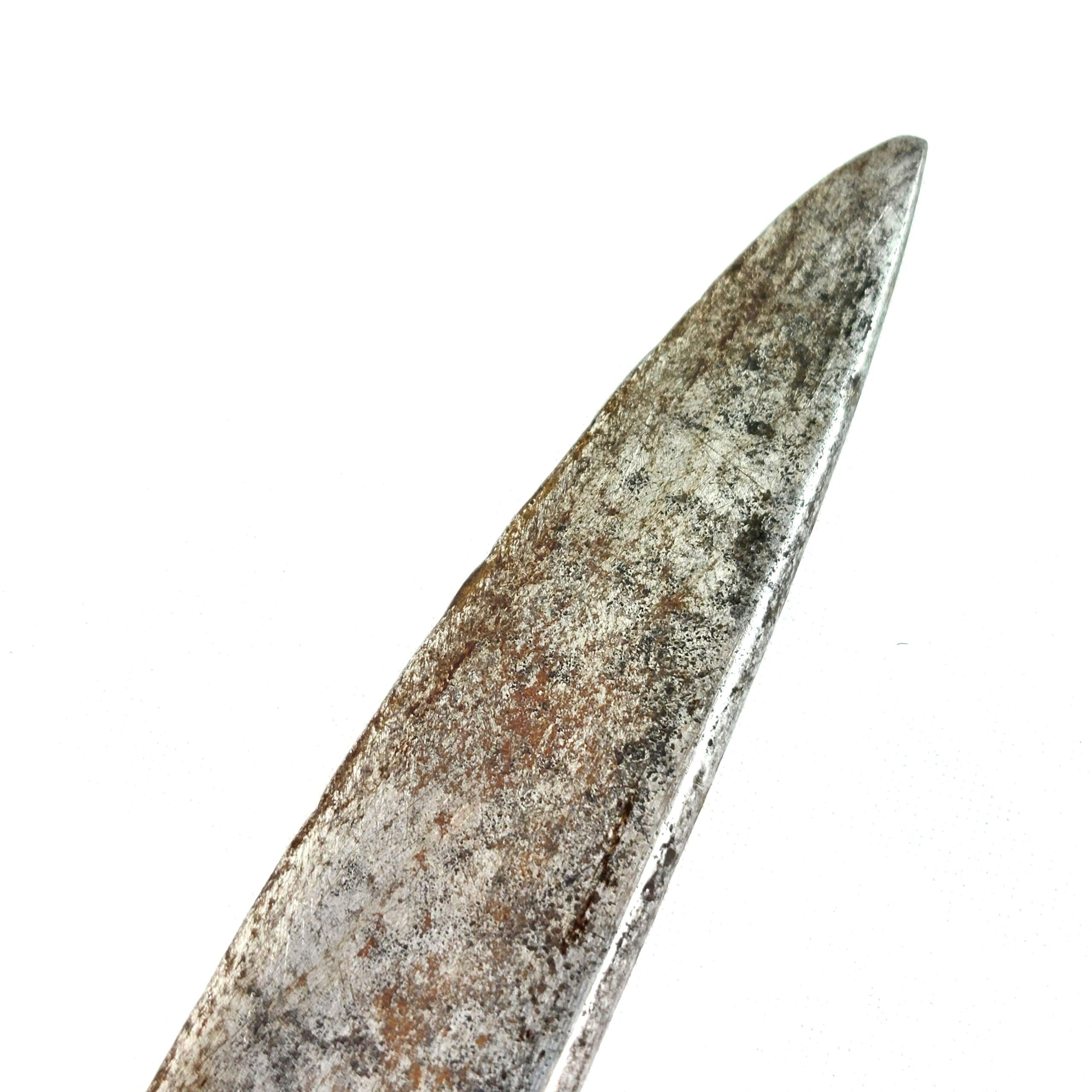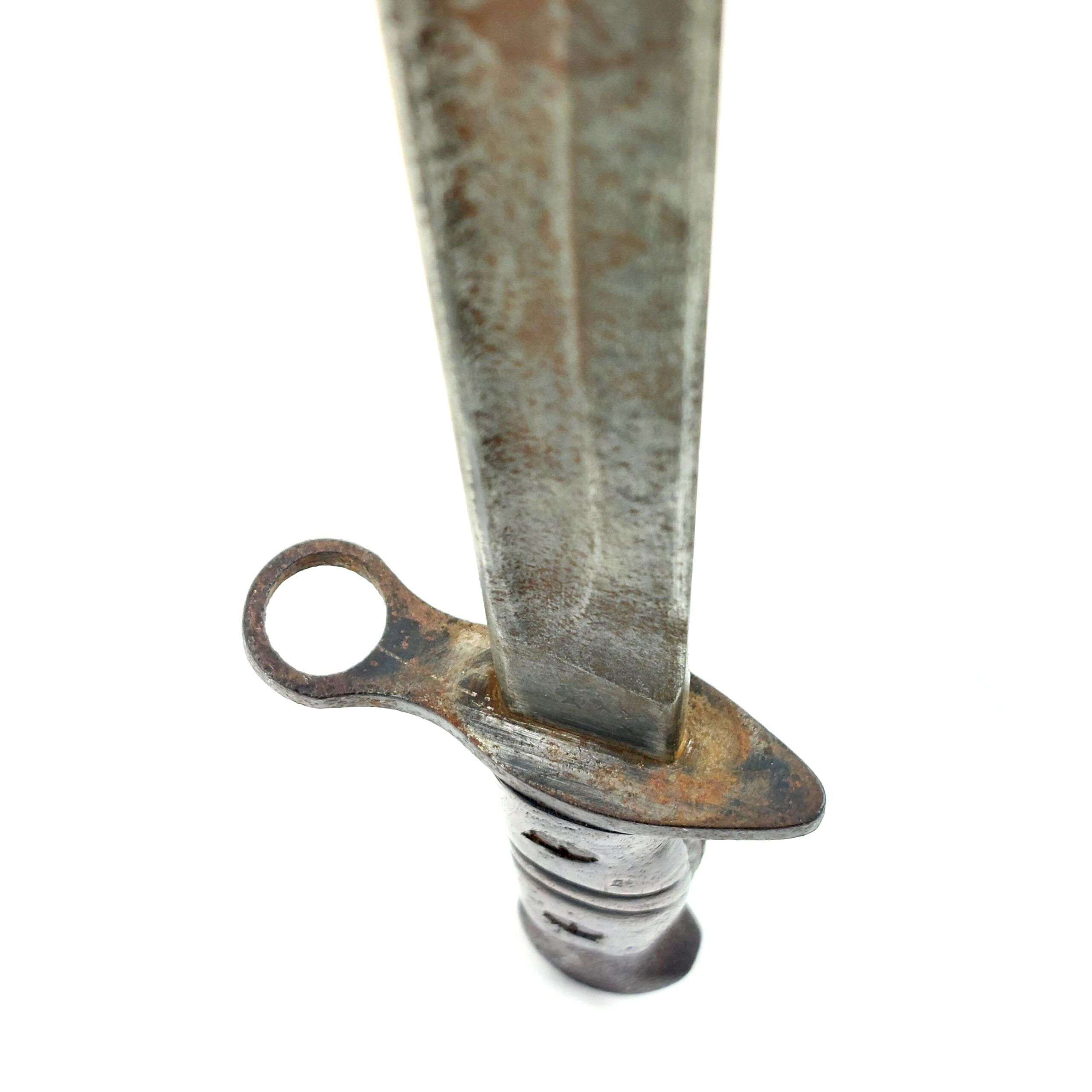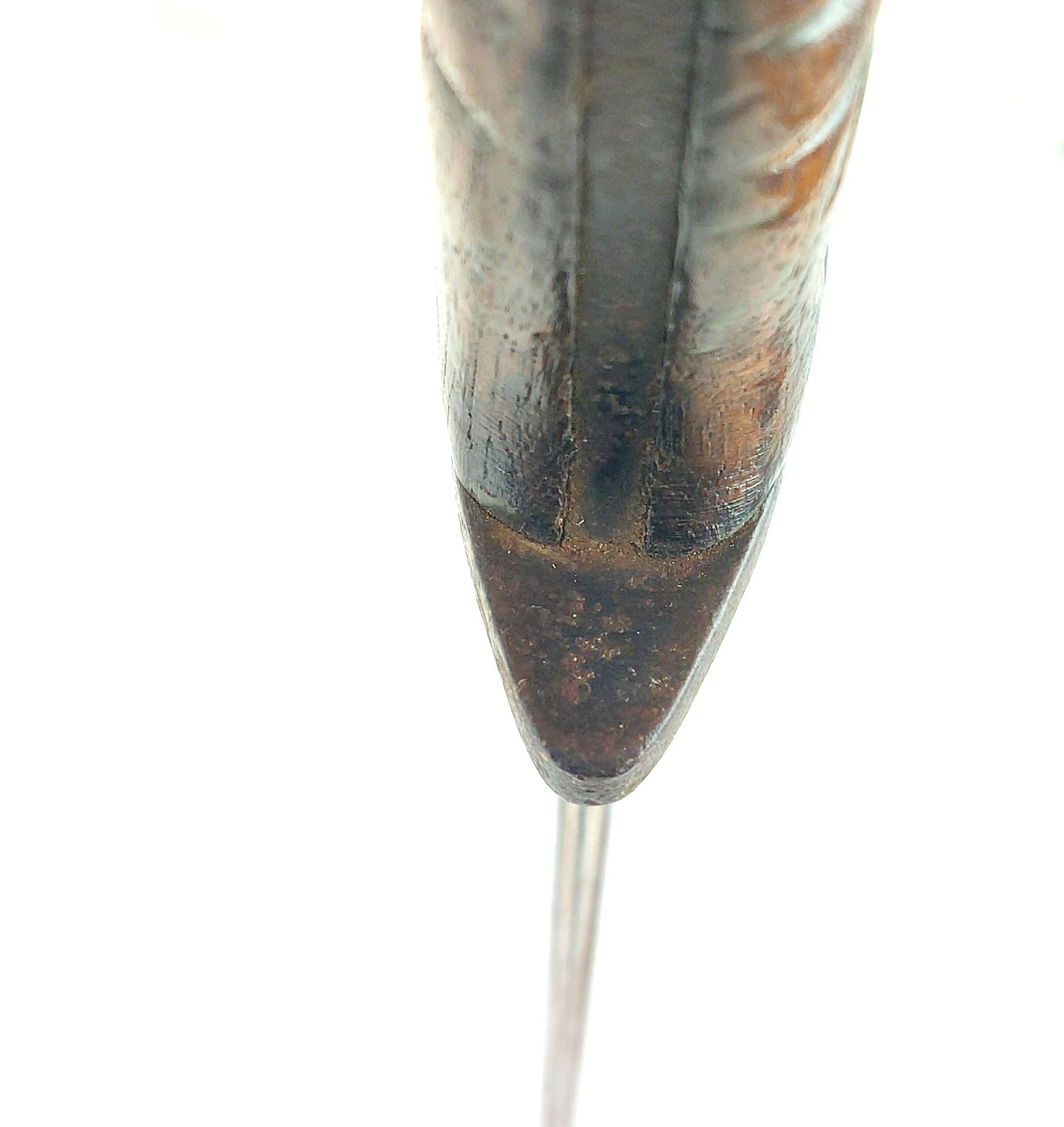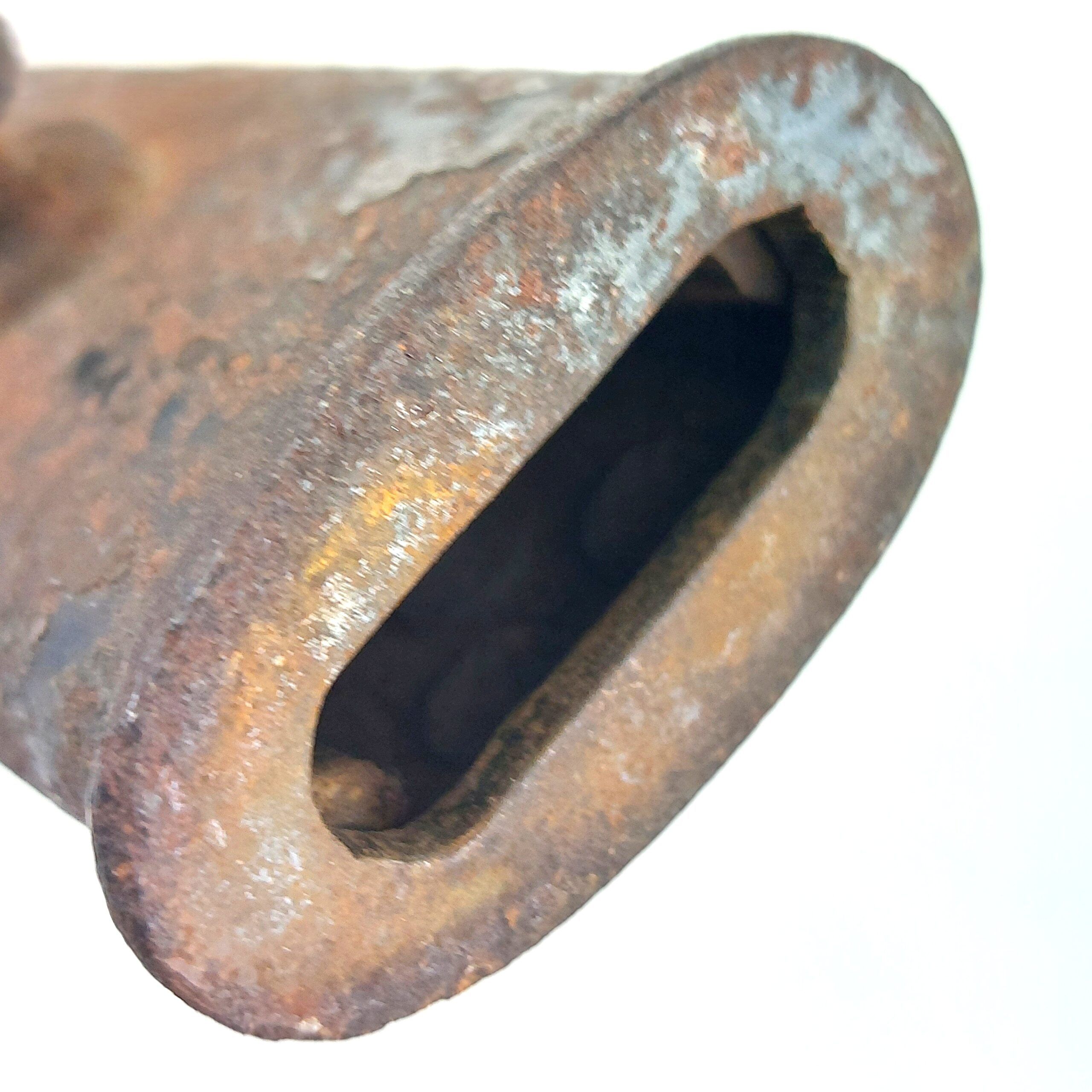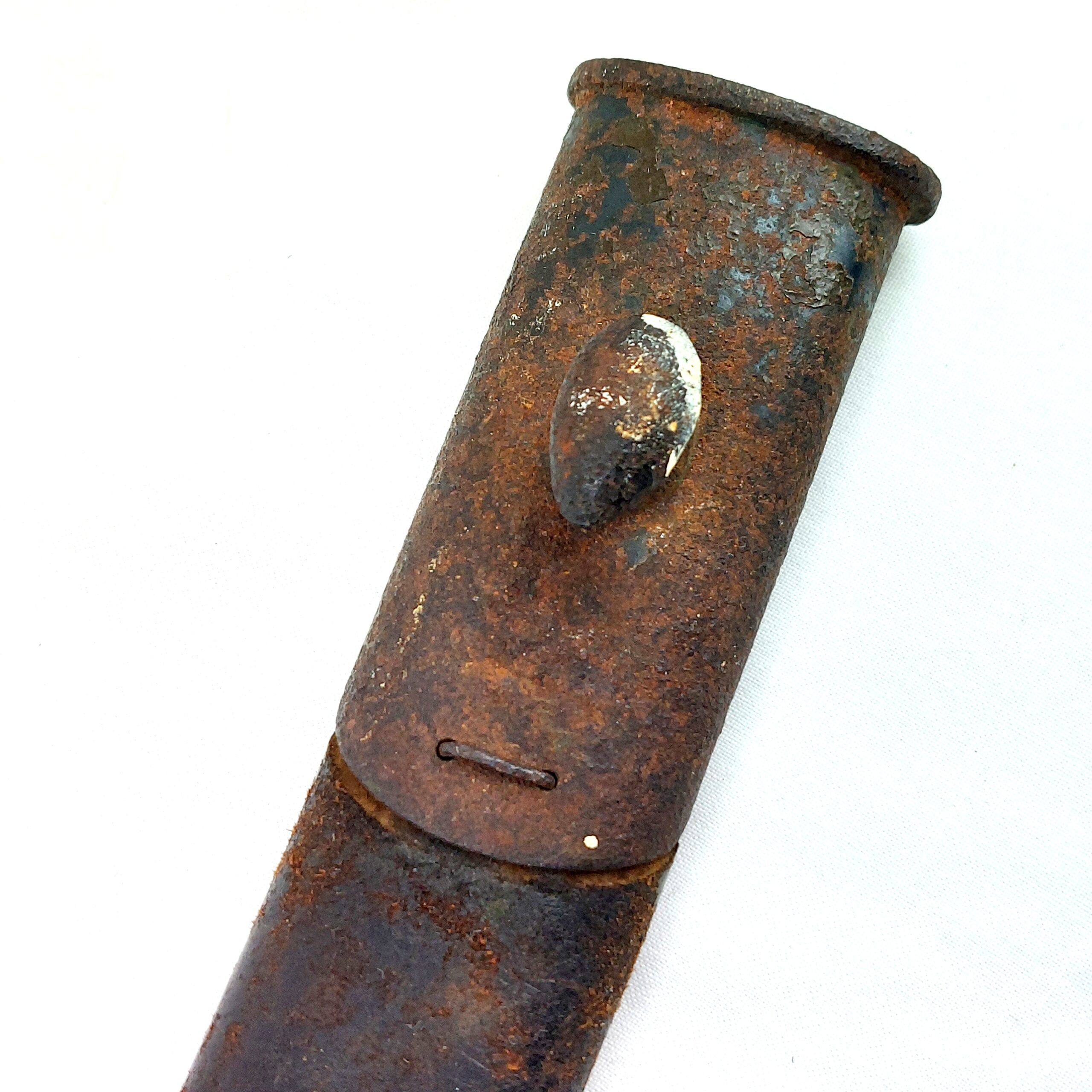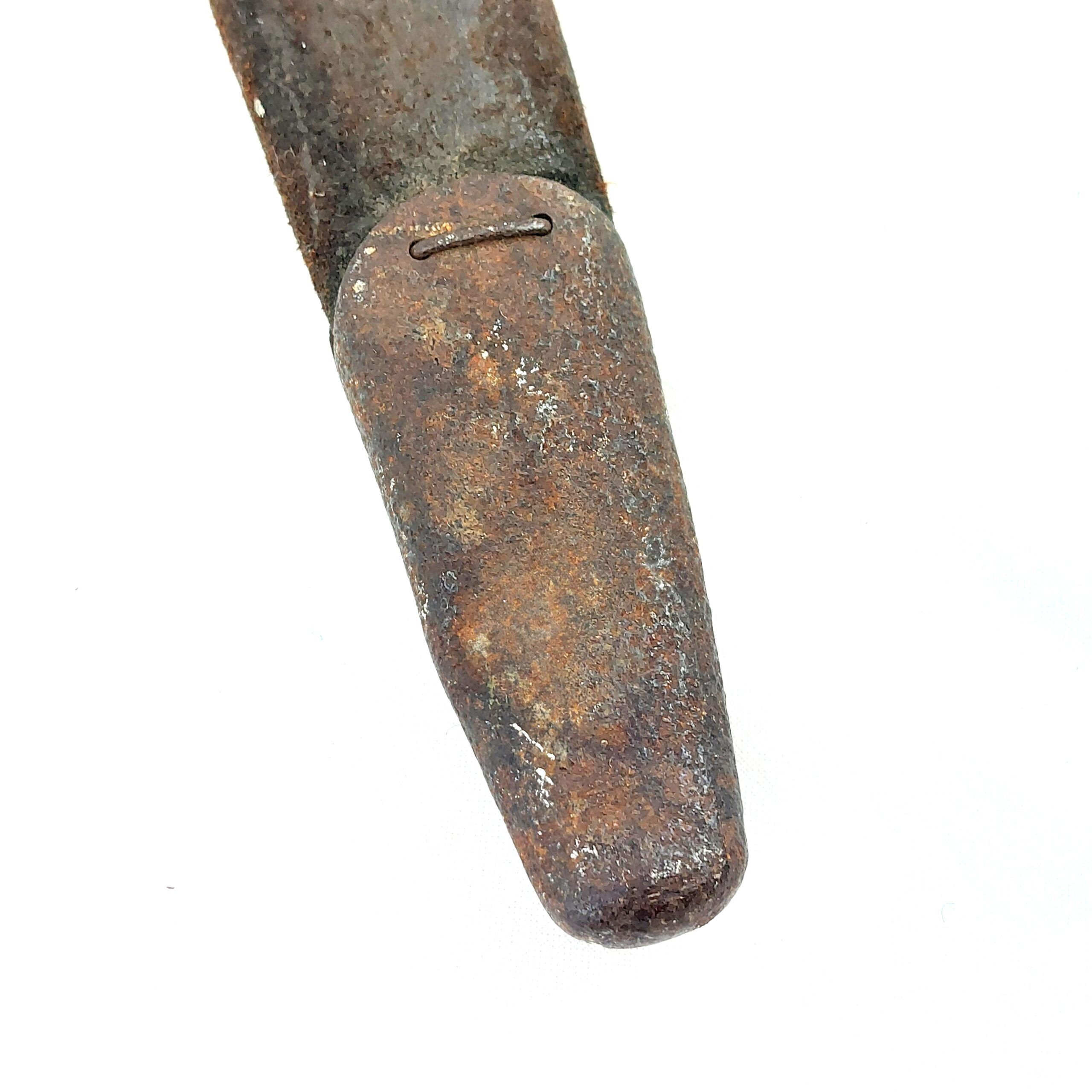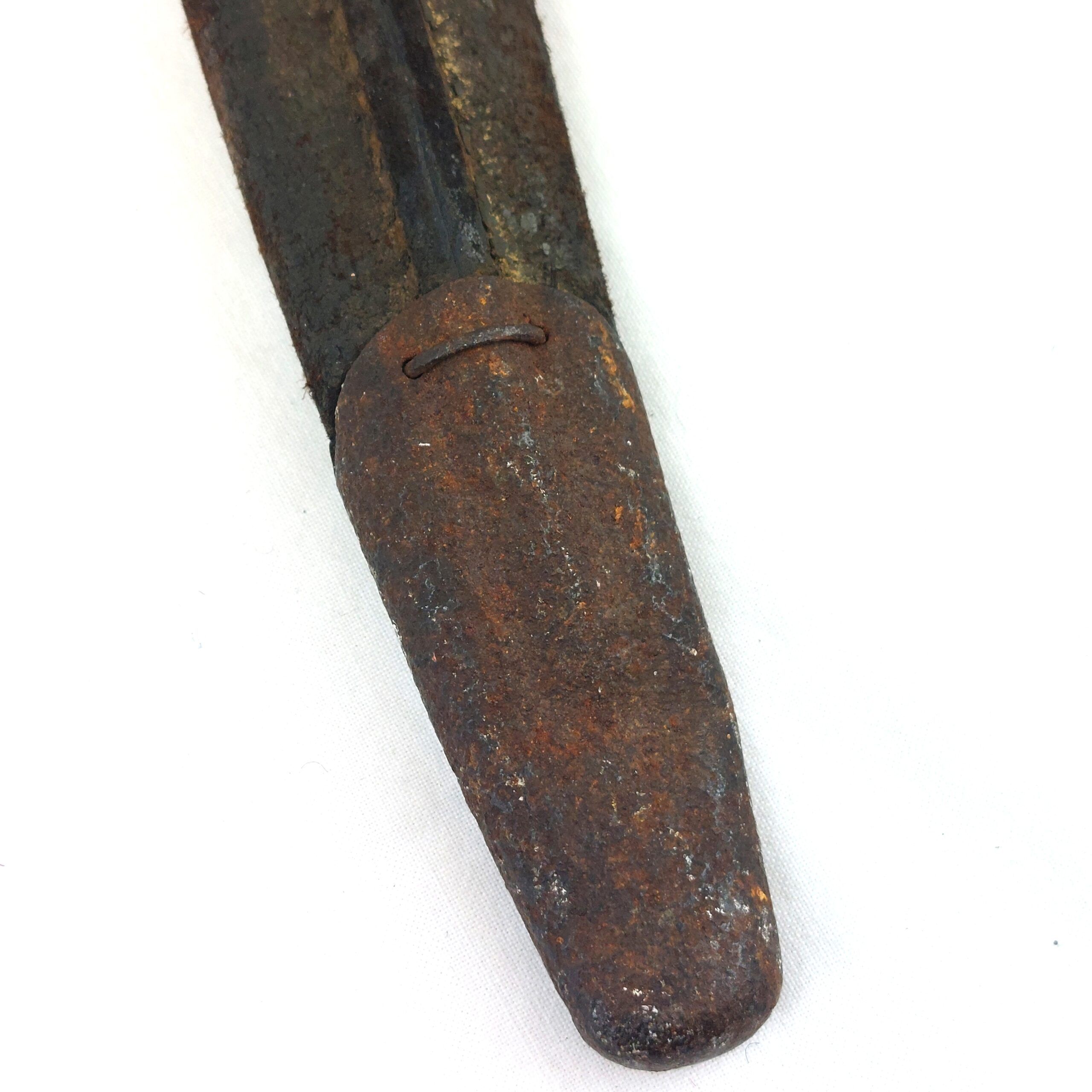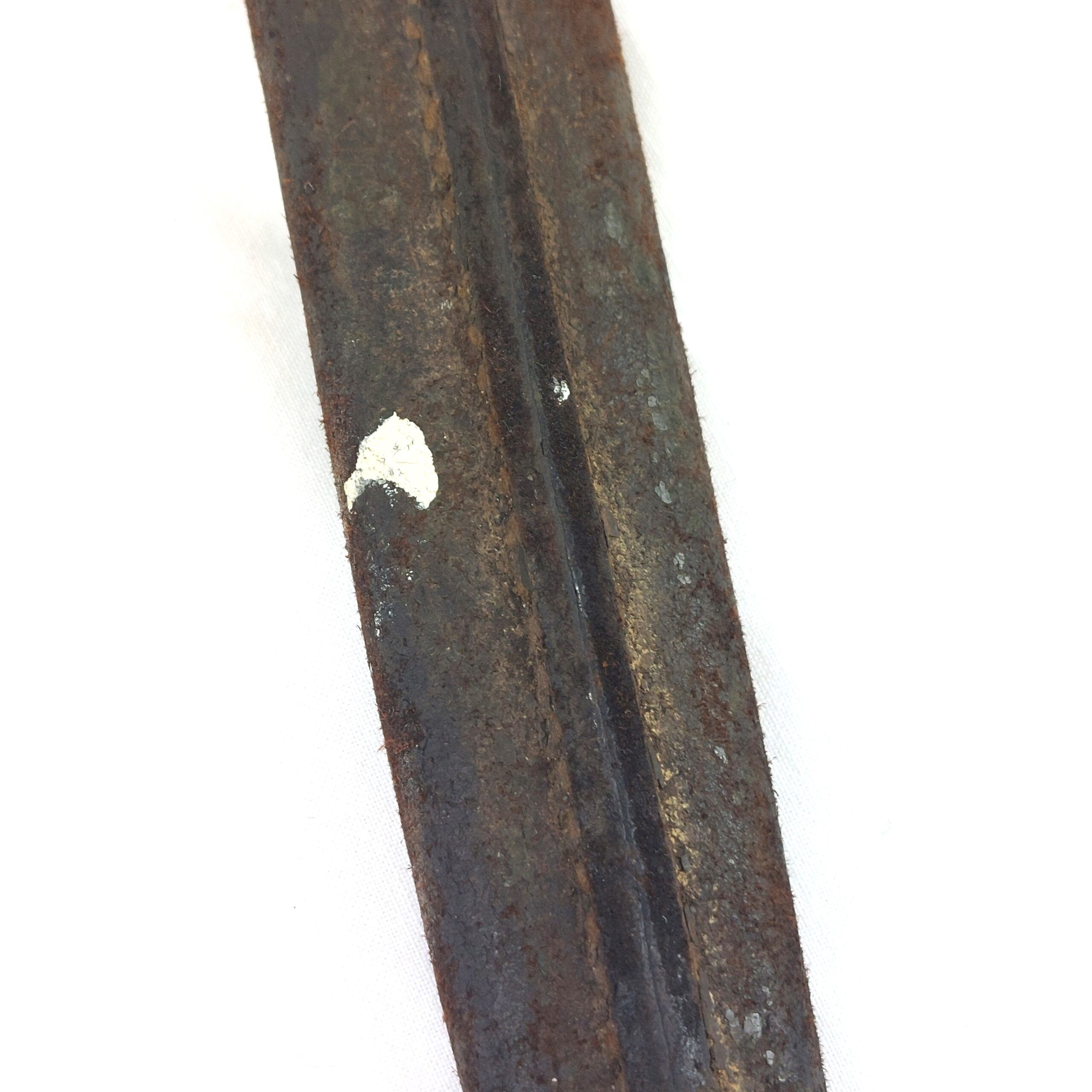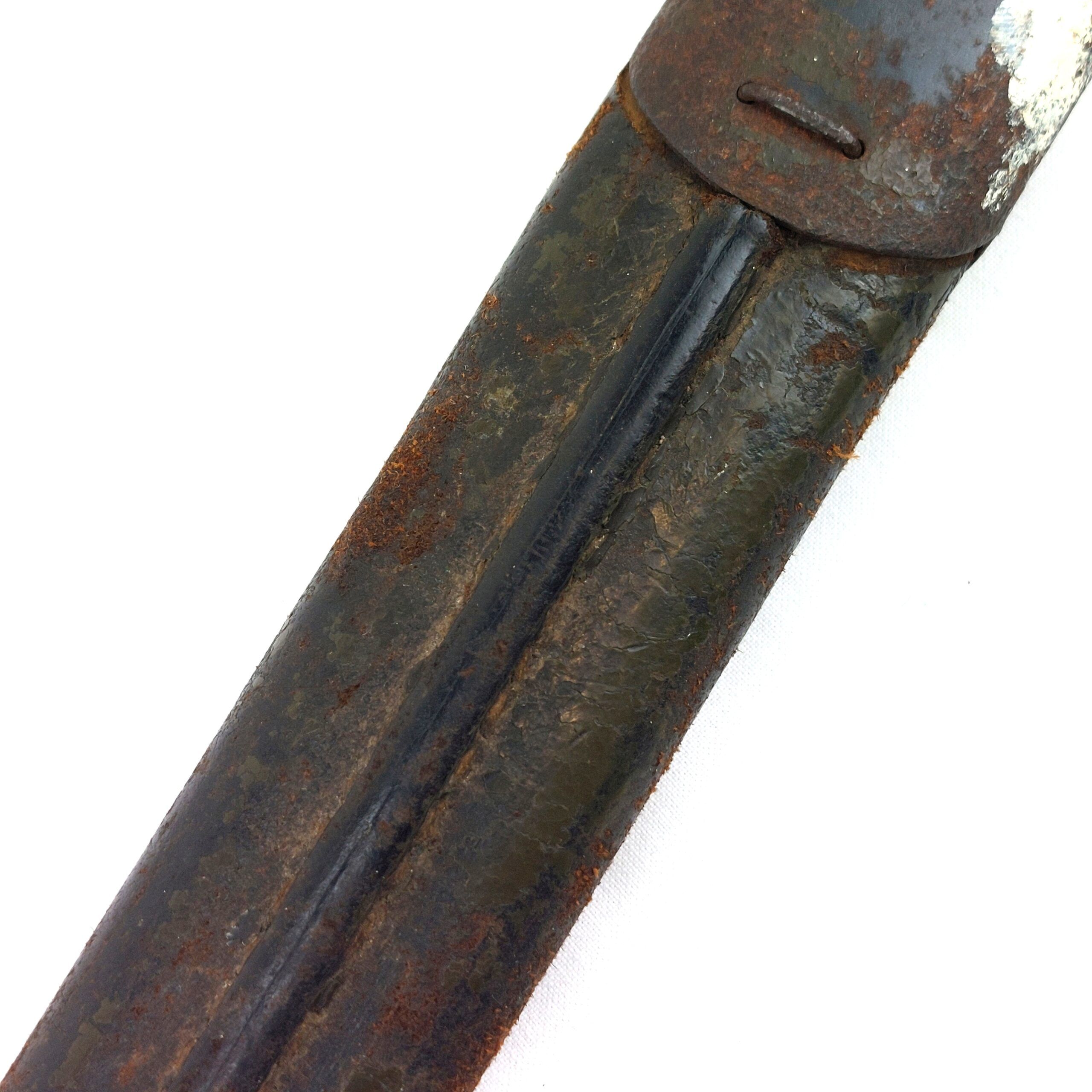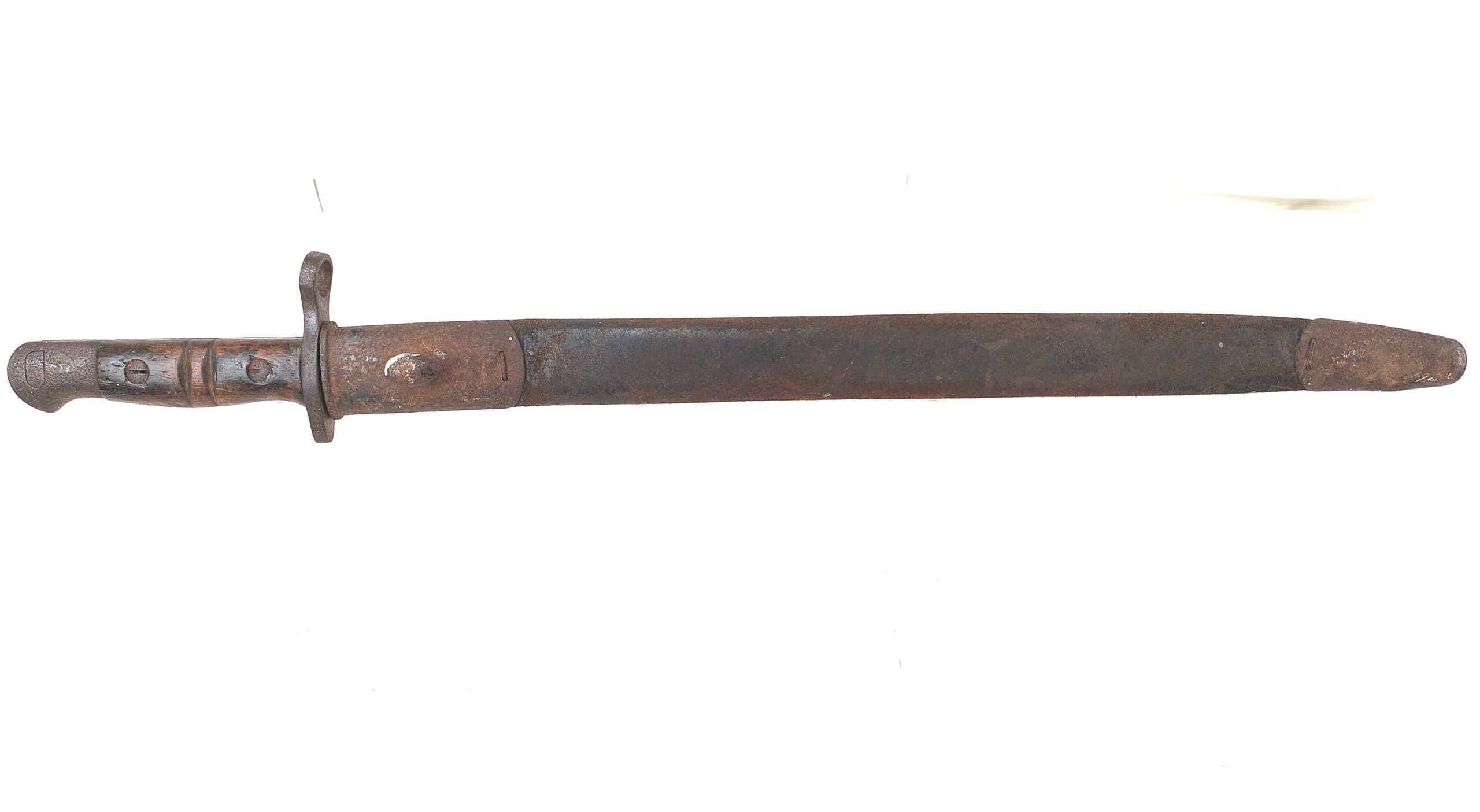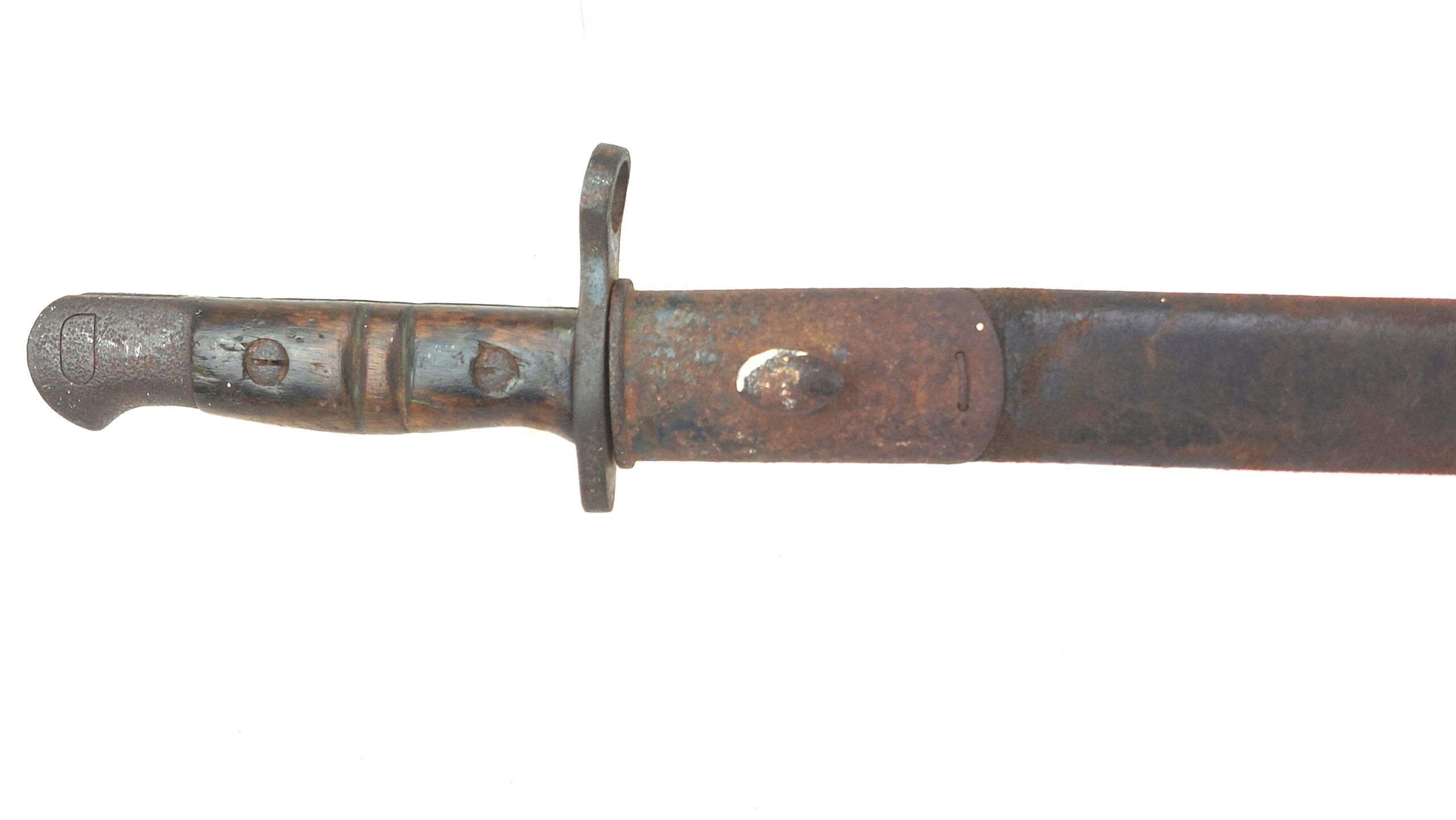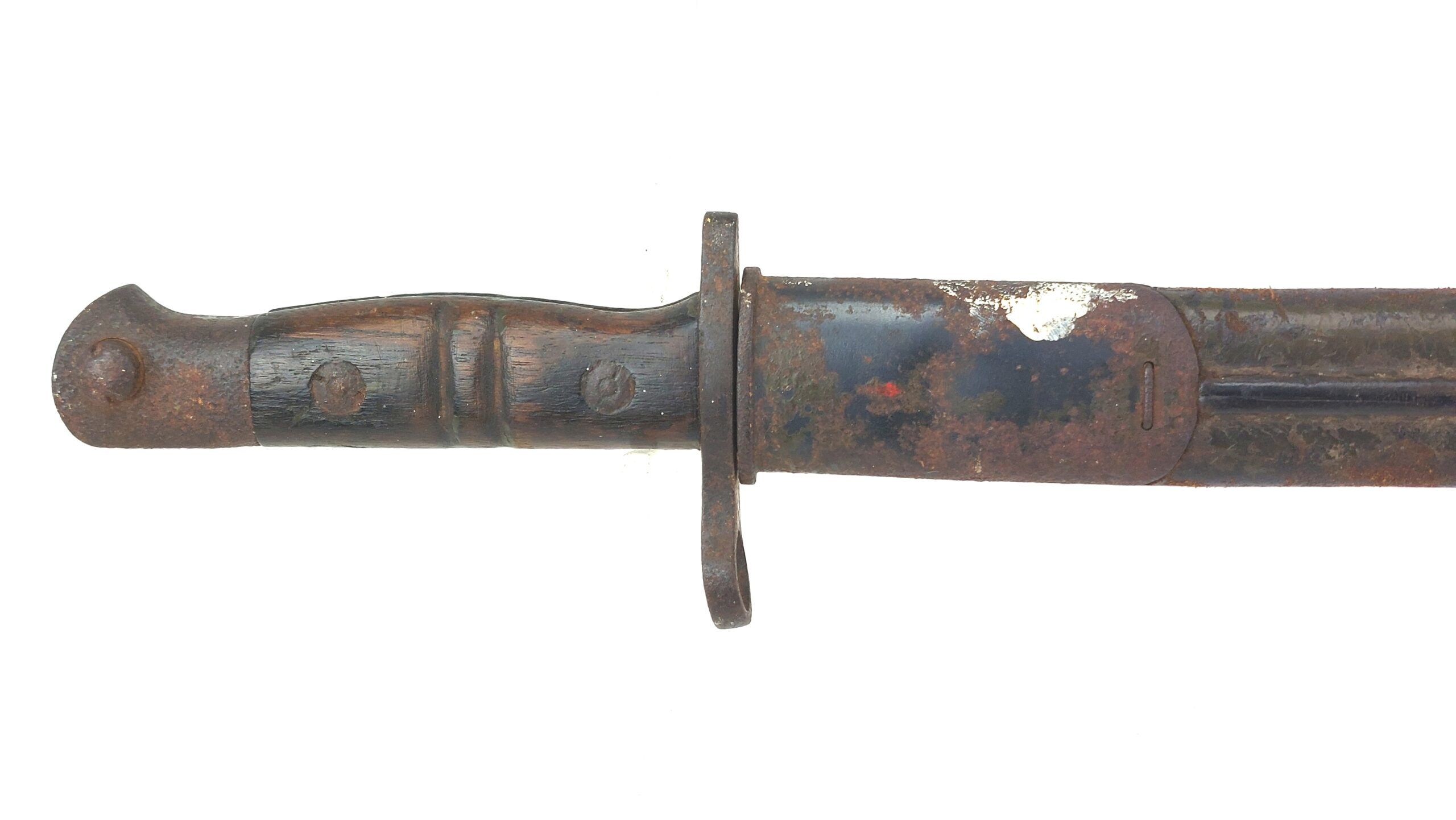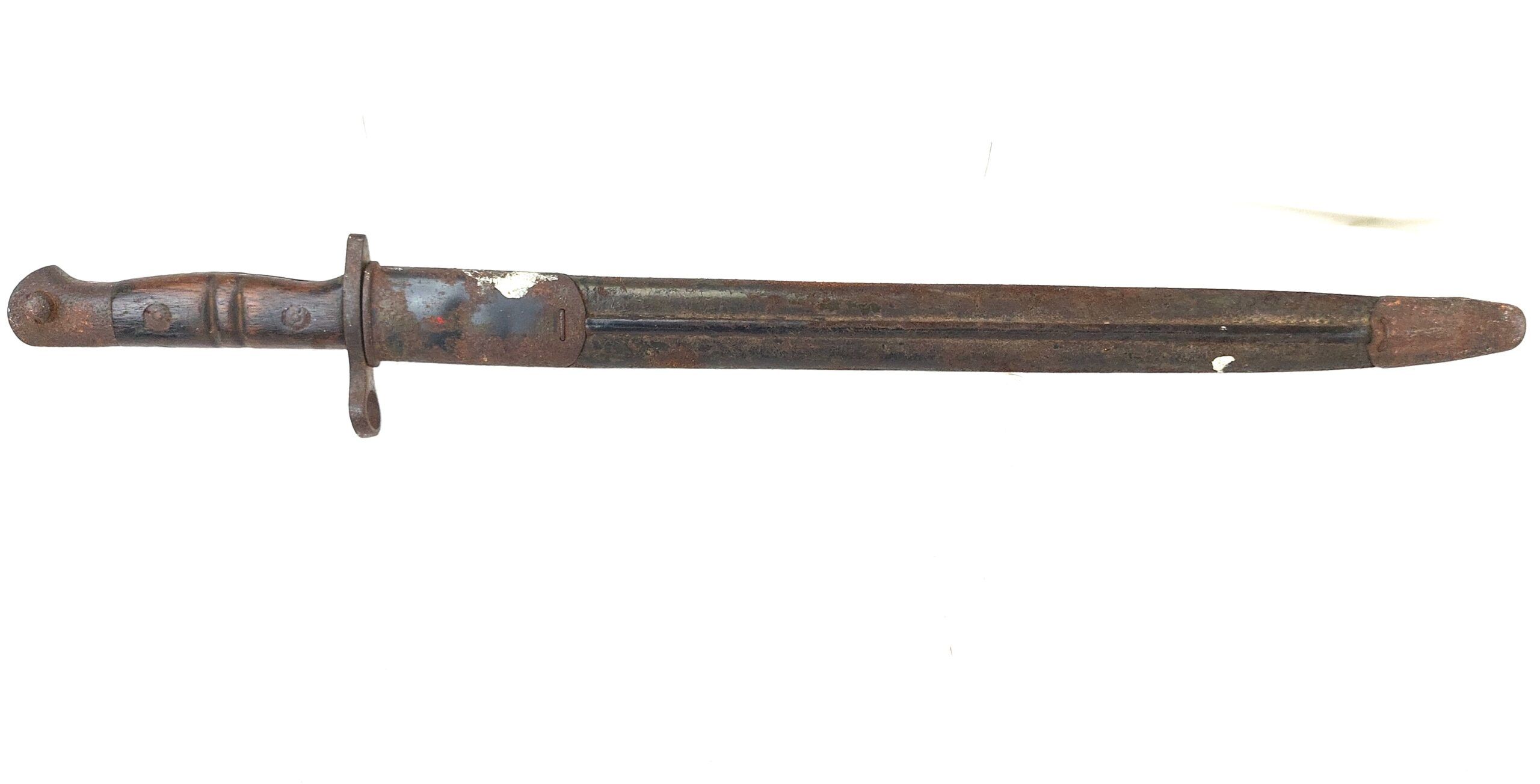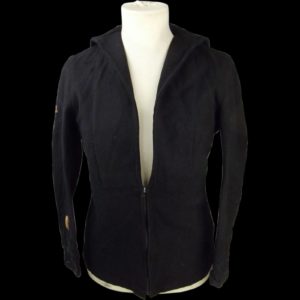*British, WW1, 1913 Pattern Bayonet, by Winchester (US Made), Dated Nov 1916, with Original Scabbard*
Riccaso marked: “1913, 11-16, W”
Obverse: Indistinct but looks like – “War Arrow over Crown over 33 over A, Crown over 33 over A, and 2 X”
Approximate measurements: 42.6cm blade, 55cm in total
The British Pattern 1913 MK1 bayonet for the Pattern 1914 rifle was officially introduced into British service on the 21st June 1916 and was made under contract in the USA by Remington and The Winchester Repeating Arms Co., making this one of the very early ones made. (The American domestic version are usually referred to as the M1917 first production). Winchester only produced 225,000, whereas Remington made over 1.25 million. It will fit the P14/17 and the SMLE rifles.
The ricasso is stamped on one side with ‘1913 11 16’, indicating that it is the 1913 Pattern, manufactured in “Nov 1916”, and “W” for The Winchester Repeating Arms Co. On the other side it is stamped with a ‘broad arrow’ War Department mark, a crown inspection mark, 3, ‘A’ for America and an ‘X’ indicating that it passed a manufacturer’s bending test. Straight single-fullered knife blade, steel hilt with muzzle ring, wood slab grips with characteristic pair of cut grooves on each slab, secured by two screws. Steel beaked pommel with locking button. Black leather scabbard with steel locket & teardrop frog stud and steel chape piece.
Originally, the experimental Pattern 1913 Enfield rifle drew inspiration from the German Mauser M98 rifle and was intended to be the next-generation British infantry rifle, firing the new .276 cartridge. However, the outbreak of World War I interrupted its development. As a result, the government decided to redesign the 1913 rifle to accommodate the existing .303 cartridge, leading to the creation of the Pattern 1914 rifle. Interestingly, the bayonet’s design remained unchanged, hence it retained the ‘1913 Pattern’ designation, in Britain at least.
*Condition*
The blade has some rusting and discolouration. The wood grip has some small dents and chips. The hilt, tang and pommel have some rusting, with wear to raised areas. The press stud works. The blade fits snugly in the scabbard. The scabbard shows signs of wear and tear with considerable rusting and some dents commensurate with its age plus some paint marks. Please see photographs as part of the condition report.
JAQEIXBAE_3643178829


